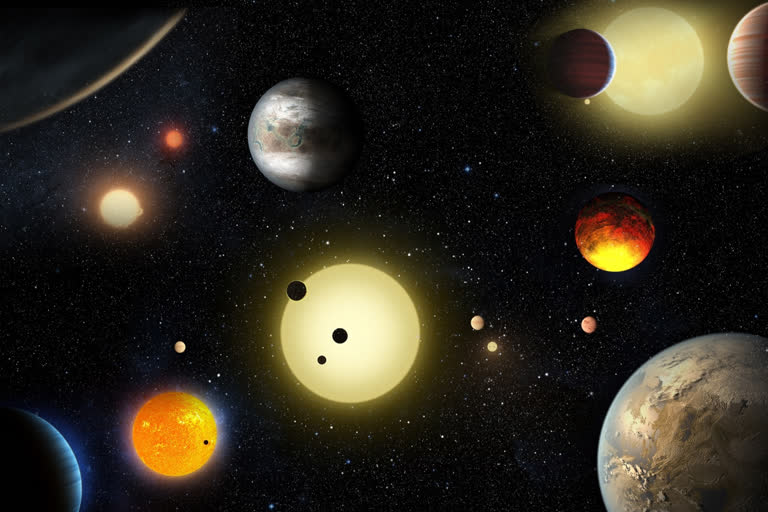Washington:What astronomers thought was a planet beyond our solar system has now seemingly vanished from sight, suggesting that the exoplanet likely never existed.
The object, called Fomalhaut b, was first announced in 2008, based on observations made by NASA's Hubble Space Telescope in 2004 and 2006.
It was visible in several years of Hubble observations that revealed it was a moving dot.
But data analysis of Hubble images taken in 2014 showed the object had vanished.
A new study published in the journal Proceedings of the National Academy of Sciences (PNAS) suggests that the Hubble was instead looking at an expanding cloud of very fine dust particles from two icy bodies that smashed into each other.
Read Also:Iran admits it launched satellite amid US tensions
Hubble came along too late to witness the suspected collision but may have captured its aftermath, said the study.
The missing-in-action planet was last seen orbiting the star Fomalhaut, 25 light-years away.
"These collisions are exceedingly rare and so this is a big deal that we get to see evidence of one," said Andras Gaspar, an assistant astronomer at the University of Arizona's Steward Observatory and lead author of a research paper announcing the discovery.
"We do have evidence of such collisions in other systems, but none of this magnitude has been observed in our solar system. This is a blueprint of how planets destroy each other."
Read Also:Wildlife reclaims nature reserve, as visitors stay away
